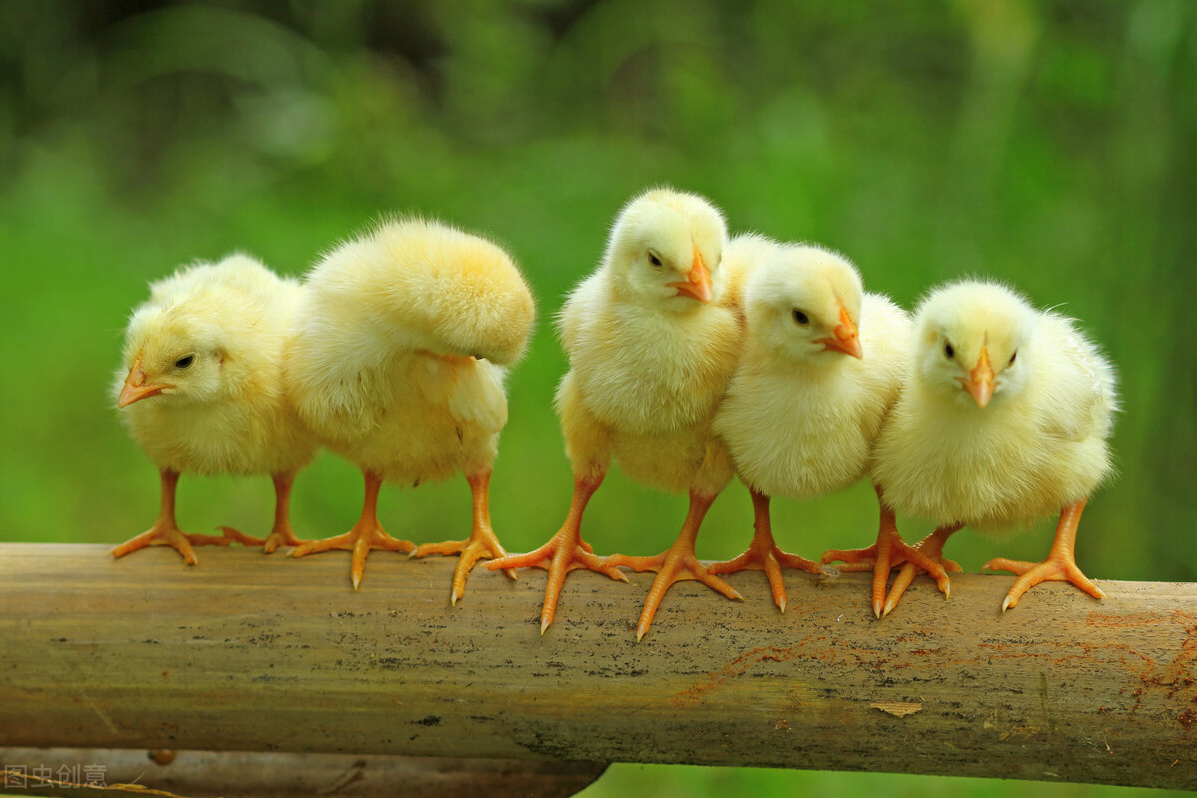Breeding egg quality and hatching technology:
Quality chicks come first from quality breeding eggs. When choosing chicks, make sure you know the hatchery’s source of breeding eggs, the selection criteria, and key technical parameters such as temperature, humidity, and the number of times the eggs are turned over during the incubation process. Ensure that the chicks you buy come from disease-free, well-nourished breeder flocks with excellent incubation conditions.
Appearance and uniformity:
Quality chicks should have neat, shiny feathers and dry bodies. Observe the overall uniformity of the flock. Chicks of similar size are easier to manage and raise in a uniform manner. Avoid choosing chicks that are mutilated, deformed or wet.
Weight and vigor:
Quality chicks should have a body weight that is within the standard range for the chosen breed. At the same time, they should exhibit characteristics such as lively and active behavior, loud squawking and bright eyes. Such chicks are vigorous and better able to adapt to the breeding environment.
Navel and cloaca inspection:
Check the navel area of the chicks, it should be free of blood and well healed. The area around the cloaca should be clean and free of dirt, which helps determine whether the chick’s digestive system is normal.
Abdomen & Limbs:
The abdomen of a good quality chick should be moderate with no swelling or depression. Limbs are free of deformities and joints move freely. These characteristics help ensure proper growth and development of the chick.
Second, the five matters that must be noted
Manufacturer reputation and word of mouth:
Choose to buy chicks from a hatchery with a high reputation, a long history and a good word of mouth. Such manufacturers usually have strict requirements and advanced technology for egg selection, hatching management and disease prevention and control, and can provide better quality chicks.
Degree of purification of breeders:
Find out the purification measures of the hatchery’s breeders, including vaccination and regular testing. Ensure that the chicks you buy do not carry vertically transmitted pathogens and reduce breeding risks.
Transportation time and conditions:
Chicks are susceptible to stress and injury during transportation. Therefore, try to choose hatchery products with short transportation time and good conditions. When receiving chicks, the temperature, humidity and ventilation inside the transportation box should be carefully checked to ensure the healthy state of the chicks.
Breed selection and market adaptability:
Select suitable breeds according to the breeding purpose and market demand. Give priority to breeds that have been selected and bred for a long time, with stable production performance and strong adaptability. At the same time, pay attention to the market prospects and consumer preferences of the selected breeds to ensure the breeding benefits.
Master quality identification methods:
Farmers should learn to identify the quality of chicks by observing their appearance and checking their weight and vigor. When shopping, they can consult experienced farmers or professionals to improve the accuracy of shopping.
https://www.incubatoregg.com/ Email: Ivy@ncedward.com
Post time: Feb-20-2024





